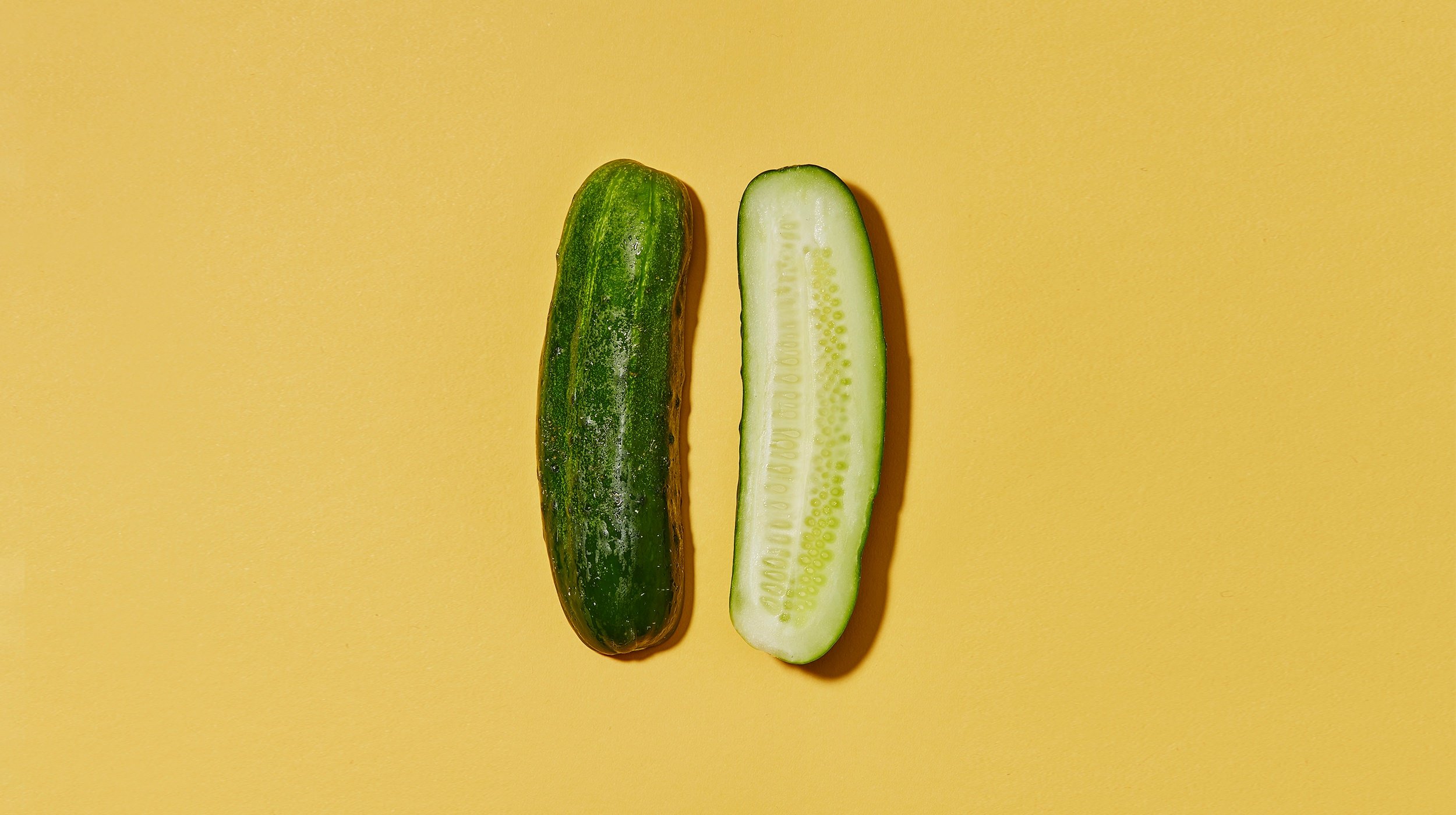The Real Dill
Dill pickles, those tangy, crunchy cucumbers preserved in a brine of vinegar, water, and dill weed, are a beloved accompaniment to many meals across the globe. The journey of dill pickles from a simple preservation method to a popular culinary delight is steeped in history and cultural significance.
"Life is like a jar of pickles—sharp, tangy, and you never know exactly what you're going to pull out next, but it's all about relishing the experience."
The history of pickling as a preservation technique dates back over 4,000 years, with records suggesting that ancient Mesopotamians began pickling as early as 2400 B.C. However, dill pickles as we know them today have their roots in Eastern Europe. The tradition was particularly prominent in areas that are now Poland, Russia, and Germany, where pickles were valued for their ability to be stored for long periods, especially during cold winters.
Dill itself, an herb native to the Mediterranean and Western Asia, was added to pickles by these Eastern European communities. The herb's distinct aroma and flavor became synonymous with the pickles it seasoned. Immigrants from these regions brought their pickling recipes with them to America, particularly during the waves of immigration in the 19th and early 20th centuries. In America, the dill pickle quickly became a staple, particularly in Jewish delicatessens in New York City and other parts of the United States.
The benefits of dill pickles extend beyond their ability to liven up a plate. They are low in calories and a good source of vitamin K, essential for blood clotting. The cucumbers, being composed mostly of water, are hydrating and contain a modest amount of vitamins such as vitamin A and iron. Additionally, if fermented naturally rather than pickled in vinegar, dill pickles can contain probiotics, beneficial bacteria that help in maintaining a healthy gut microbiome.
Moreover, the brine solution used for making dill pickles is more than just a preservative. It’s rich in electrolytes, which can be helpful in replenishing sodium levels post-exercise. Some enthusiasts even swear by pickle juice as a remedy for muscle cramps.
Dill pickles also embody the cultural blending and adaptation of immigrant communities, transforming and integrating into local cuisines while preserving a taste of home. This adaptability has allowed dill pickles to remain popular over centuries, turning them into a beloved snack and a side dish that transcends cultural boundaries.
Basic Old-Fashioned Pickled Cucumbers
Ingredients:
Cucumbers
Salt
Water
Vinegar (optional, for taste)
Instructions:
Clean the cucumbers thoroughly.
Place the cucumbers in a clean, dry jar.
Dissolve enough salt in water to create a brine that tastes pleasantly salty.
Pour the brine over the cucumbers until they are completely submerged.
Add a small amount of vinegar if a tangier pickle is desired.
Seal the jar and store it in a cool, dark place for at least a few weeks before eating.
This recipe reflects the simplicity and effectiveness of early pickling methods, primarily relying on salt and natural fermentation.
In conclusion, dill pickles are more than just a condiment; they are a fascinating blend of history, culture, and nutrition. From their humble beginnings as a preservation method to becoming a key player on the culinary stage, dill pickles continue to be cherished around the world, celebrated for their unique flavor and health benefits. Whether enjoyed on their own, alongside a sandwich, or as part of a larger meal, dill pickles add a burst of flavor and a connection to a rich historical tapestry.


